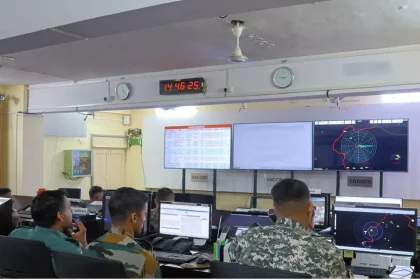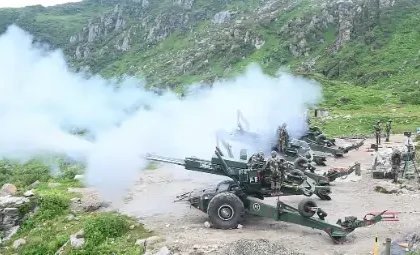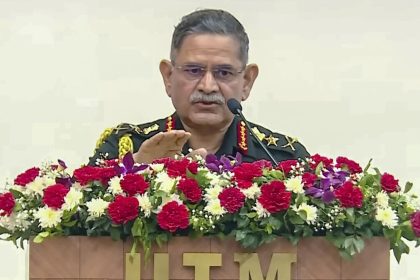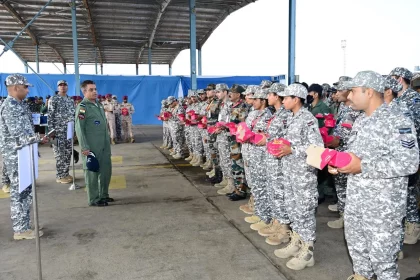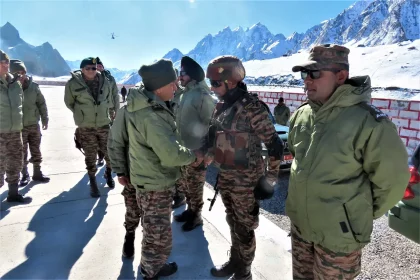Southern Command Air Defence Units Demonstrate Operational Readiness in Joint Desert Exercise
Exercise Highlights Seamless Integration and Synergy Across Services.
Department of Posts Launches Nationwide Medicine Delivery Service for ECHS Beneficiaries
Ensures Timely, Secure, and Efficient Access to Medicines for Ex-Servicemen Across India.
Exercise AgniDrishti Demonstrates Cutting-Edge Multi-Domain Warfare Capabilities in Southern Desert
Lt Gen Arvind Chauhan Commends Sensor Fusion, Fire-Control Integration, and Operational Excellence.
‘Operation Sindoor 2.0 Could Happen Anytime’: Army Chief General Upendra Dwivedi Calls Women Soldiers Embodiments of Mother Kali
Highlights Leadership, Nation-Building, and Veteran Welfare During Visit to Pithoragarh.
Air Marshal Nagesh Kapoor Reviews Operational Readiness at Air Force Station Jamnagar, Extends Diwali Greetings to Personnel
Emphasises Training, Technology, and Teamwork as Pillars of Operational Excellence.
General Upendra Dwivedi Reviews Operational Preparedness in Kumaon Region, Celebrates Diwali with Troops
Commends Innovative Green Initiatives and High Standards of Professionalism at Panchshul Brigade.

